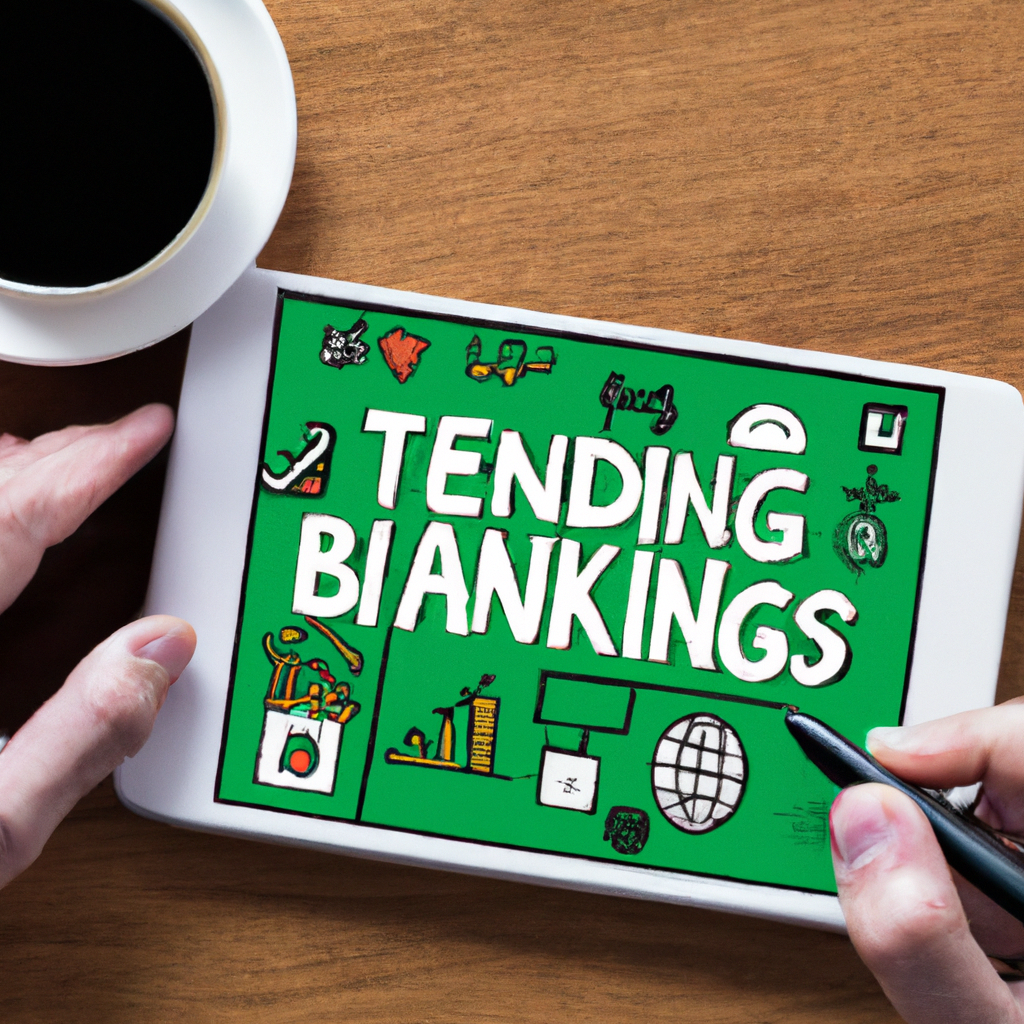
Digital Banking Trends
Introduction
Digital banking has revolutionized the way we manage our finances. With the advent of technology, traditional banking has evolved into a more convenient and accessible form. In this article, we will explore some of the latest digital banking trends that are reshaping the financial industry.
1. Mobile Banking
Mobile banking has become increasingly popular in recent years. With smartphones becoming an integral part of our lives, it only makes sense that banking services are accessible through mobile apps. Mobile banking allows customers to perform various transactions such as checking account balances, transferring funds, paying bills, and even applying for loans, all from the convenience of their mobile devices. Banks are continuously improving their mobile apps to enhance user experience and provide a seamless banking experience.
2. Artificial Intelligence (AI)
Artificial Intelligence has made its way into the banking sector, transforming the way banks interact with their customers. AI-powered chatbots are being used to provide instant customer support, answer queries, and guide customers through various banking processes. These chatbots use natural language processing and machine learning algorithms to understand customer needs and provide personalized solutions. AI also helps in fraud detection and prevention by analyzing patterns and identifying suspicious activities.
3. Biometric Authentication
Digital banking is becoming more secure with the implementation of biometric authentication methods. Instead of relying solely on passwords and PINs, banks are now using fingerprint scanning, facial recognition, and voice authentication to verify the identity of their customers. Biometric authentication adds an extra layer of security, making it harder for unauthorized individuals to gain access to accounts.
4. Open Banking
Open banking is a concept that allows third-party financial service providers to access banking data through APIs (Application Programming Interfaces). This enables customers to securely share their financial information with other authorized institutions, such as budgeting apps or investment platforms. Open banking promotes competition, innovation, and provides customers with more control over their financial data.
5. Personalized Banking
Digital banking trends are focused on providing personalized experiences to customers. Banks are leveraging data analytics and machine learning algorithms to gain insights into customer behavior, preferences, and needs. This data is then used to offer tailored financial products and services. Personalized banking ensures that customers receive relevant offers and recommendations based on their individual requirements.
6. Blockchain Technology
Blockchain technology is gaining traction in the banking industry due to its potential to enhance security, transparency, and efficiency. Banks are exploring the use of blockchain for various applications such as cross-border payments, smart contracts, and identity verification. Blockchain eliminates the need for intermediaries, reduces transaction costs, and provides a tamper-proof record of transactions.
Conclusion
Digital banking trends are constantly evolving to meet the changing needs and expectations of customers. From mobile banking to artificial intelligence, biometric authentication, open banking, personalized experiences, and blockchain technology, the future of banking is undoubtedly digital. As technology continues to advance, we can expect even more innovative solutions that will further transform the way we bank.





